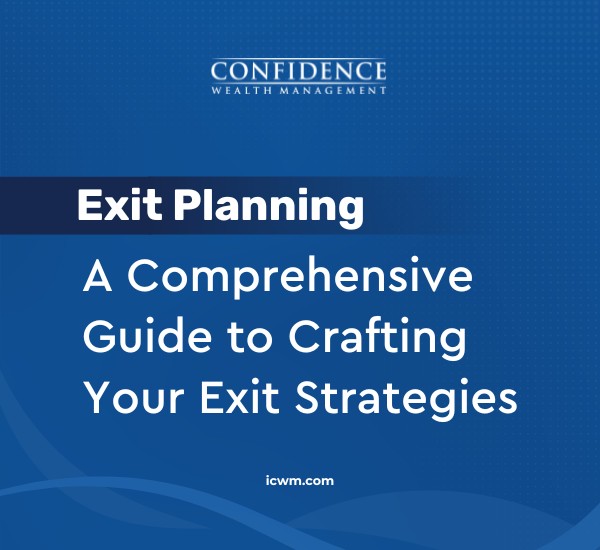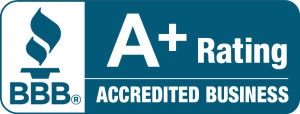Introduction
Cash alternatives, often used to fund a cash reserve , can be a useful financial tool for investors because they provide a low-risk place to hold money until it is needed for a future purpose.
Convenience is the principal benefit of cash alternatives. They typically pay a relatively low rate of interest, so their primary risk is opportunity cost. There are several strategies to help you get the most out of your cash alternative investments. For example, you can:
- Diversify the investment vehicles you use and ladder maturity dates. This can help you maximize liquidity, create a more steady flow of income, or defer recognition of taxable income from one year to the next.
- Evaluate both taxable and tax-exempt investments in light of your tax bracket and other income to maximize your after-tax returns
- If you have specific goals, consider concentrating your money in an appropriate cash alternative vehicle. For example, Series EE bonds may be a good vehicle for funds earmarked for a child’s college education.
There are various types of cash alternatives . When selecting your investment vehicles, you should balance liquidity needs with potential returns.
If you already have a comfortable level of cash reserves, it might be wiser to place part of your money in cash alternatives that offer higher interest rates, even if they impose penalties for early withdrawals. On the other hand, if your cash reserves are relatively small, there may be a greater likelihood that you’ll need to make an early withdrawal, and you might be better off accepting a lower rate to avoid penalties.
Strategies for tax planning
Here are some factors to consider when doing tax planning for cash and cash alternatives , and deciding how much emphasis to give taxable versus tax-exempt instruments:
- Evaluate the effect your proposed investment might have on your other tax items. For example, taxable interest income increases your adjusted gross income (AGI), which can reduce allowable itemized deductions if you are in a high income tax bracket and subject to the itemized deduction phaseout.
- If you receive Social Security benefits, be aware that tax-exempt interest is included in the income calculation that is used to determine the taxable amount of such benefits. Thus, tax-exempt interest can increase your tax liability.
- If you do not generate sufficient taxable income, you may lose the benefit of your itemized or standard deductions and personal exemptions. You may want to generate enough taxable income to benefit from these deductions (assuming the rate you earn on your taxable investments exceeds that of your tax-exempt investments).
Strategies for maximizing liquidity and deferring income
Laddering is a method of investing or depositing money so as to avoid having large sums come in all at once–with little or nothing in between–by investing in more than one vehicle and staggering maturity dates.
For example, you might invest in certificates of deposit (CDs) with various maturity dates so they will come due at different times. Alternatively, consider combining your CD investments with other cash alternatives in order to obtain higher interest rates. Or, you could use a multi-tiered investment approach by combining a number of different cash alternative vehicles with a personal line of credit.
One of the greatest benefits of laddering cash alternative investments is that it minimizes interest-rate risk. Interest rates rise and fall in response to many factors, which makes them very difficult to predict.
Shorter-term investments, such as money market funds and short-term CDs, are among the most sensitive to the ups and downs of interest rates. If you combine longer and shorter maturities, you don’t have to guess which way rates are headed next. Your risks are spread out.
Laddering can also be used to help reduce the likelihood that you will have to face early withdrawal penalties if you need to draw money out to meet unexpected needs.
When choosing among specific cash alternative investments, it’s important to weigh the benefits and tradeoffs of
each vehicle.
There are several major factors to consider:
- The financial strength of the issuer
- The maturity date of the instrument
- Any early withdrawal penalties
- The yield to maturity
- The liquidity relative to other cash alternatives (some types have no guaranteed liquidity)
Although the companies that issue commercial paper are of the highest quality, an unforeseen development could weaken the issuer financially, potentially reducing your prospects of being repaid when the instrument matures. Ratings provided by independent ratings services provide a helpful, independent assessment of the credit quality of the issuer. However, ratings are not continually updated and time can change a company’s outlook quickly.
The maturity date tells you how long you must wait before your principal will be repaid. Longer maturity periods typically involve higher risk and higher potential returns. An early withdrawal penalty is the amount you forfeit if you need to withdraw your money before the maturity date.
Finally, the yield to maturity is the amount of interest (and possible gain in principal amount) you receive if you hold the instrument until it matures.
Strategies that help you work towards specific goals
If you have a specific investment goal in mind, such as saving for your child’s college education, it may be wise to concentrate in one form of cash alternative, such as Series EE government savings bonds.
Also, bear in mind that changing allocations as your goals or time horizons change often involves becoming more conservative. For example, cash alternatives may be a good choice as you near the specific event for which you
are saving.
As a rule, your ability to accept risk decreases as your time horizon gets shorter. Say your child will be starting college in two years. If you started saving 15 years ago and have been investing in long-term vehicles, now may be a good time to shift those funds to more conservative, more liquid investments.
As experienced financial professionals, we help clients like you figure out the best plan for their situation, one that navigates through this complex area and balances your goals, and maximizes your means.
Please connect with us and let us help you plan your charitable endeavor. We would be delighted to go on the journey with you.










